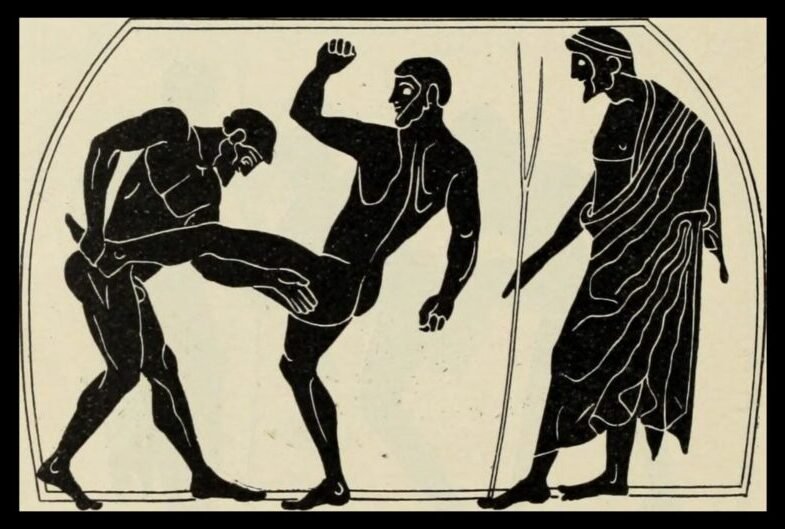
Subscribe and receive a FREE Bodyweight Training ebook, regular workouts and training tips!!
Address
Coconut Lodge
London, W6 8NB
Hours
Monday—Friday: 9:00AM–5:00PM
Saturday & Sunday: 11:00AM–3:00PM
Become the best version of you possible, optimise your training and engage in training methods you actually enjoy. No excuses.

